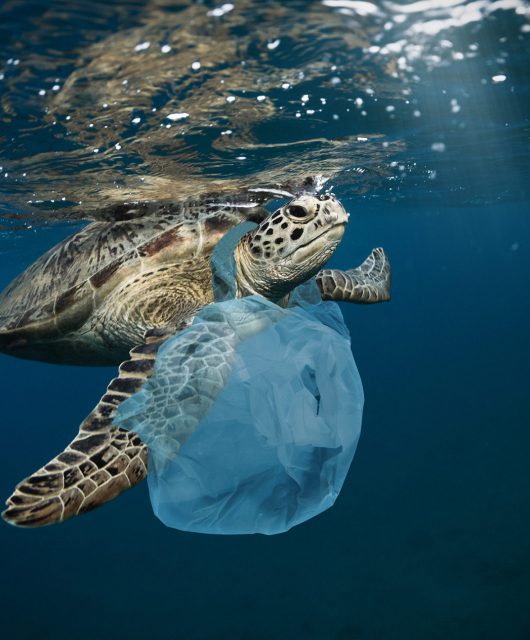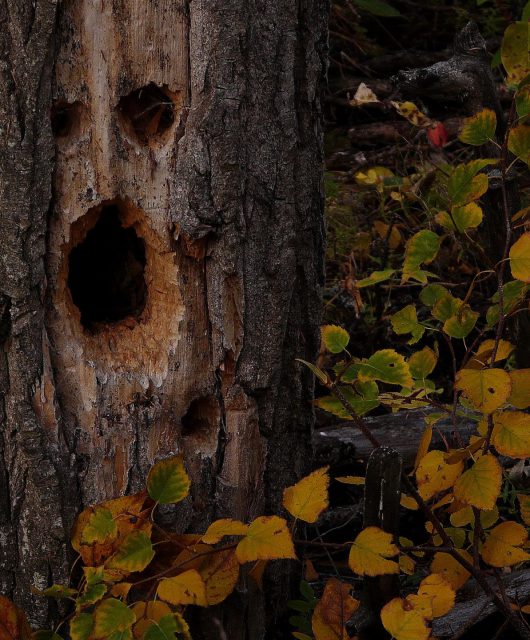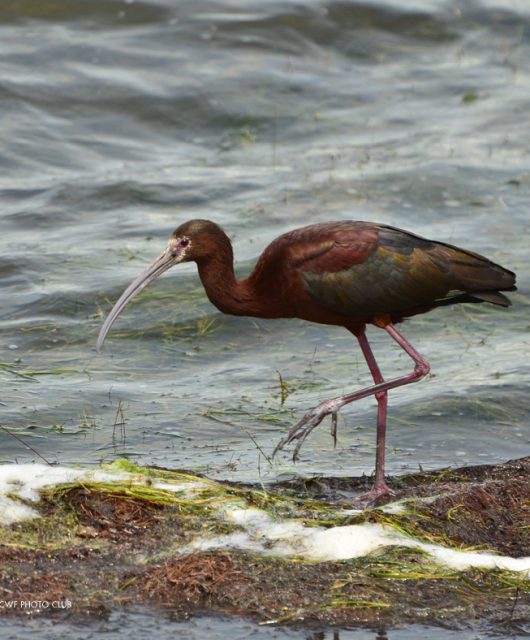The fight or flight response is in our DNA.
In fact, it’s in the DNA of animals across the world. However, some animals have particularly peculiar ways of defending themselves. Keep reading to find seven of the most mind boggling strategies wildlife have mustered to keep themselves safe.
Playing Dead
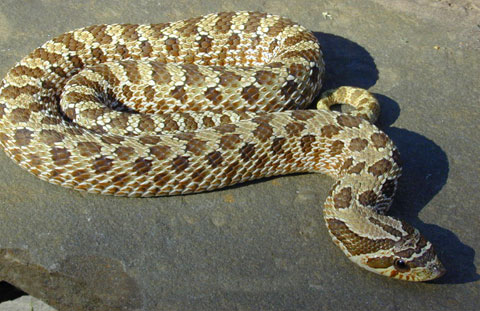 When foxes, owls, birds of prey move in for the kill, the Eastern Hog-nosed Snake reacts….oddly. It starts to defend itself in a normal way you’d expect for a snake – hissing and sometimes even striking out, but soon enough this Threatened species begins to act strangely. It plays dead. First up? Defecation. Next, the Eastern Hog-nosed Snake rolls onto its back and opens its jaws, letting its tongue hang out.
When foxes, owls, birds of prey move in for the kill, the Eastern Hog-nosed Snake reacts….oddly. It starts to defend itself in a normal way you’d expect for a snake – hissing and sometimes even striking out, but soon enough this Threatened species begins to act strangely. It plays dead. First up? Defecation. Next, the Eastern Hog-nosed Snake rolls onto its back and opens its jaws, letting its tongue hang out.
Frightful Eyes
The Polyphemus Moth is one of Canada’s largest moths – making them an easy to spot target for predators. Luckily, it’s equipped with an eye-like pattern on each of its hind wings. When a predator approaches, the moth spreads its wings, revealing what appears to be a large and intimidating eye, hoping to spook the predator long enough that they have the opportunity to fly away.
Poisonous Prey
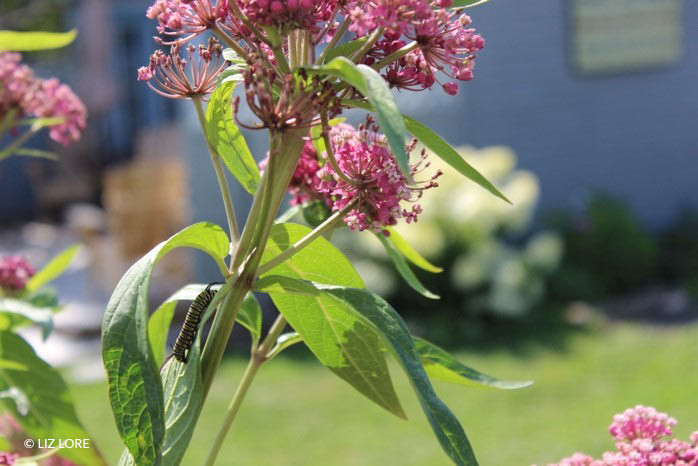 Monarch larvae and caterpillars survive exclusively on milkweed – making this plant imperative to their survival. Milkweed toxins (cardiac glycosides) are distasteful to birds, with the exception of a few species at the overwintering sites in Mexico. So when the Monarch noshes on milkweed in its youth, the poison is stored in their system (even when they fully develop into a full blown butterfly) and protects them from predators. Over time, predators have learned to leave these butterflies alone. The Viceroy Butterfly has created a fascinating relationship with the Monarch by replicating its colour patterns. With a wingspan of 70 to 75 millimetres and a black crosswise stripe across the bottom portion of its wings, the Viceroy is almost indistinguishable from the Monarch. As a result, predators avoid the Viceroy, too.
Monarch larvae and caterpillars survive exclusively on milkweed – making this plant imperative to their survival. Milkweed toxins (cardiac glycosides) are distasteful to birds, with the exception of a few species at the overwintering sites in Mexico. So when the Monarch noshes on milkweed in its youth, the poison is stored in their system (even when they fully develop into a full blown butterfly) and protects them from predators. Over time, predators have learned to leave these butterflies alone. The Viceroy Butterfly has created a fascinating relationship with the Monarch by replicating its colour patterns. With a wingspan of 70 to 75 millimetres and a black crosswise stripe across the bottom portion of its wings, the Viceroy is almost indistinguishable from the Monarch. As a result, predators avoid the Viceroy, too.
Foul Stench
The Striped Skunk is so common in urban landscapes now that people know to run the other way when they spot one of these critters. When predators confront the Striped Skunk, it will stomp its feet and hiss before it sprays. If the predator is smart, it’ll scuttle away before the skunk has a chance to spray. Sadly, some predators (including your loyal dog, Fido) don’t get the hint, and before they know it the skunk is positioning itself in a u-shape with both its head and tail facing the predator and it’s ready to spray. The Striped Skunk’s spray can go the distance – up to six metres away and the smell can carry nearly an entire kilometre with the help of the wind. The musk is produced by two glands on both sides of the mammal’s anus; these glands hold enough musk that the Striped Skunk can spray five to six times. Get out the tomato juice!
Blood Bath
The Pygmy Sperm Whale has a startling defense mechanism that’d make anyone feel squeamish. This marine mammal emits a reddish-brown fluid from its anus when it’s feeling threatened. Researchers still have a lot to learn about this discharge, but they hypothesize that it’s meant to resemble blood or act as a warning to predators.
Painful Toxin
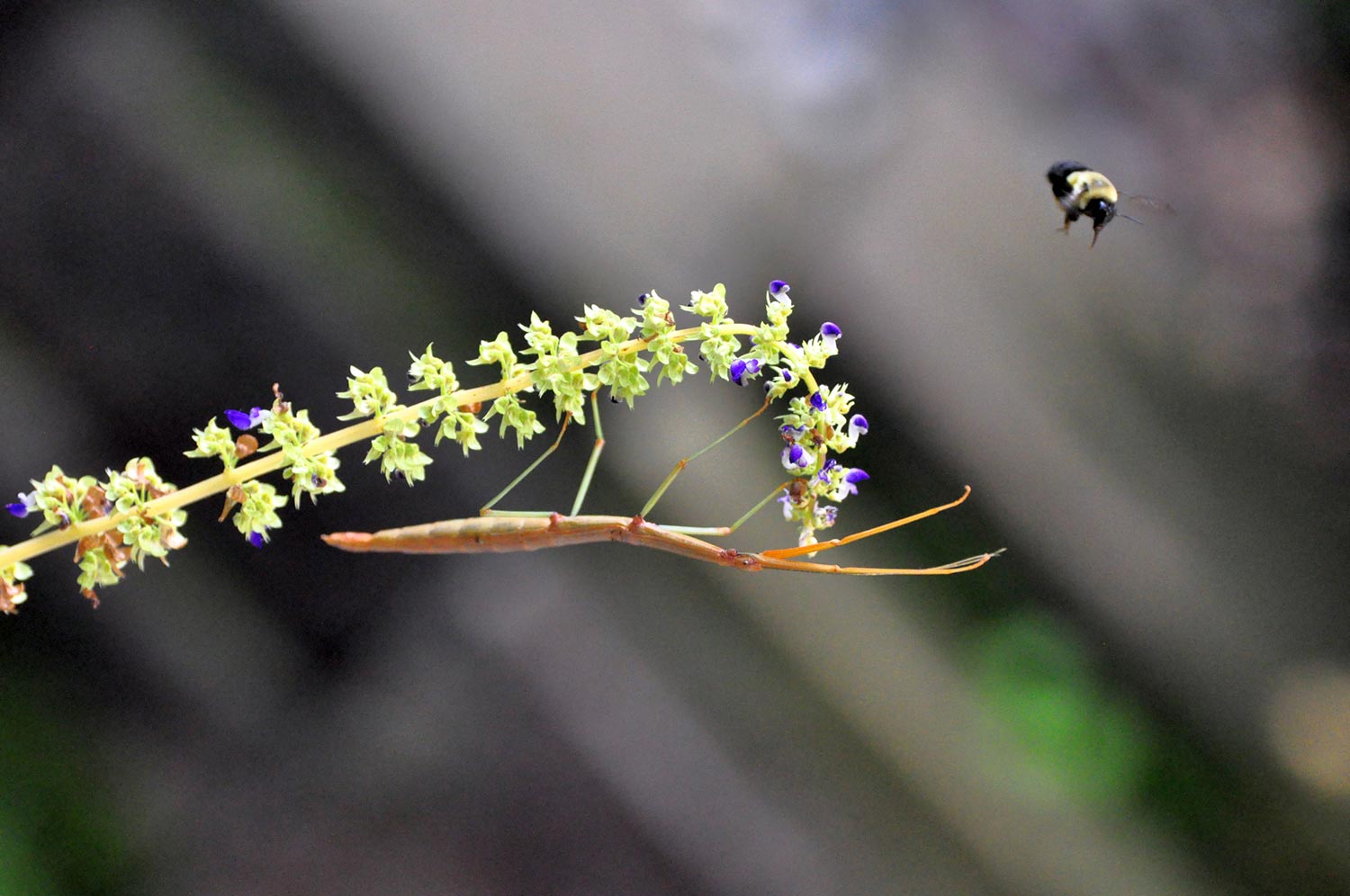 While most walking stick insects rely on their ability to blend in with their surroundings to evade predators, one of the North American species, Anisomorpha buprestoides, really steps it up a notch. This insect stores a handy fluid just behind its head that it can use in a jiffy when an attacker catches sight of it. By spraying the eyes of predators like ants, mice, beetles and birds, (up to 40 centimetres away!) it’s able to make its great escape.
While most walking stick insects rely on their ability to blend in with their surroundings to evade predators, one of the North American species, Anisomorpha buprestoides, really steps it up a notch. This insect stores a handy fluid just behind its head that it can use in a jiffy when an attacker catches sight of it. By spraying the eyes of predators like ants, mice, beetles and birds, (up to 40 centimetres away!) it’s able to make its great escape.
Upchuck
Turkey Vultures are known to eat some fairly nasty things including carrion, rotting vegetation, eggs and feces. When a predator approaches, these large birds need to reduce their body weight in order to escape. Their strategy? Throw up. It appears to work too! When they lighten their load a bit, they’re able to take off faster.

